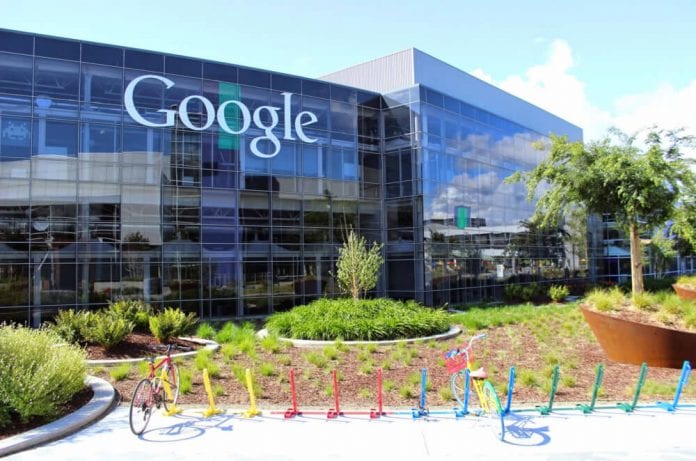Google Inc (NASDAQ:GOOG) declared that its Project Ara smartphone will be released only in 2016. The search giant attributed the delay to the smartphone needing more iterations than earlier expected. As a result, Google deferred the smartphone’s release to sometime in 2016.
This also results in the organization’s test-launch in the venue of Puerto Rico not happening this year. However, Google has stated that it is not bidding goodbye which means that the company could still consider Puerto Rico as a suitable launch site, Meanwhile Google is examining a few places in the US as potential location sfor the launch of Project Ara.
The unique feature of Project Ara is the facility to slip in and out various components such as the battery, processor and camera without changing the entire phone. After a long wait, Google displayed Project Ara for the very first time at the Project Ara Module Developers Conference in January.
At the event, the company disclosed that it would have utilized the Puerto Rico based test launch to evaluate what works with users as well as what doesn’t. Also, it would have enhanced the hardware leveraging the feedback received.
Google didn’t say when exactly in 2016 would it launch Project Ara. Project Ara’s most recent appearance was at Google I/O the search giant’s yearly developer conference held in May this year. Differing from January’s event where Google just demonstrated the phone powering on, the May event has the organization powering on Project Ara and deftly displaying the changable modules by slipping in the camera part to photograph the audience.
Ara goes against the electronic industry’s approach of releasing appliance-like devices that are changed every two years. A modular phone has demand as it reduces waste. However, such flexibility has a cost in terms of finance as well as performance. Segregating different parts of the device into components will reduce the communication speed among the parts.
Also, such a phone will be more expensive than the same components integrated into an individual device. The product will invariably require more power with Google saying that roughly 20% to 30% of battery life will be consumed by inter-module communication.
Sources: recode, digitaltrends









